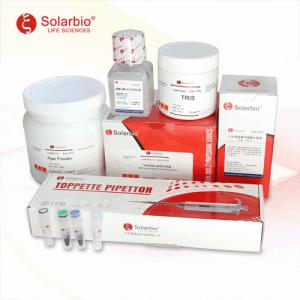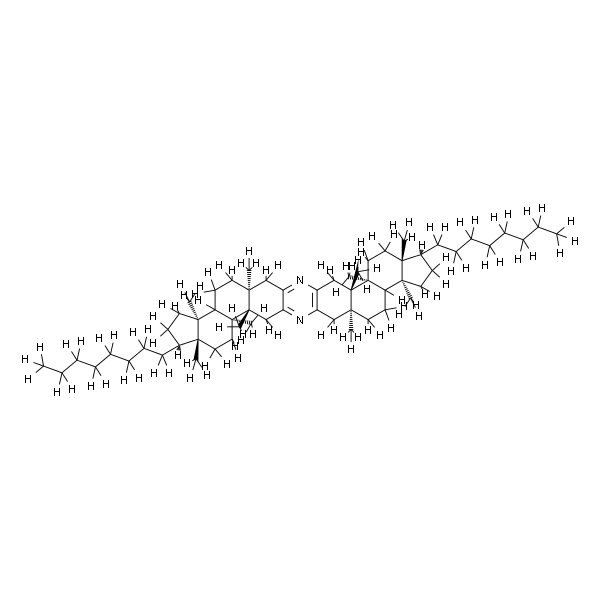
Product introduction
Collagenase V (derived from Clostridium histolytica) contains at least seven protease components with molecular weights ranging from 68 to 130KD. The concentration of digestive cartilage tissue is generally 1-2 mg/ml, and digestive liver tissue is about 1mg/ml. However, the specific digestive concentration varies by species.
0.05-0.1 mg/ml collagenase was dissolved in 50 mM TES buffer, pH7.4(37 ℃) contained 0.36mM calcium chloride. The final concentration of the reaction system was 50mM TES, 0.36mM calcium chloride, (Cat:G0150)25mg collagen, 0.005-0.01mg collagenase.
The enzyme solution can maintain activity at 37℃ for 15 hours at a neutral pH containing 0.3-0.5mM calcium ions. It can last for months at -20℃."
Scope of application
It can be used for the separation of pancreatic islet tissue to separate connective tissue into single cells.
Usage method
Many literatures have pointed out that collagenase can digest a variety of tissues, and the concentration of collagenase is generally 0.1-5 mg/ml, and the digestion process can be stirred to promote the digestion of the enzyme. Collagenase can cause a small amount of cell death in the process of digestion, and the general digestion time is 15min to several hours. If the concentration changes then the digestion time may be longer. The preferred Buffer during digestion is the Krebs Ringer Buffer containing calcium ions and BSA. In the process of digestion, if a large number of cells die, it is necessary to reduce the amount of enzymes, and at the same time, 0.5%BSA or 5-10% serum can be added to stabilize the state of cells and digestive effect. Sterilization of collagenase begins with centrifugation or removal of insoluble matter with a 0.8μm filter. The bacteria are then filtered with a 0.2μm filter. For tissue culture applications, collagenase can be formulated with calcium-free solutions such as hanks, ebss, etc.
Note:Product information may be optimized and upgraded. Please refer to the actual label information for accuracy.

 English
English
 中文
中文




